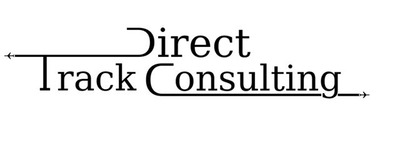In my first article we briefly discussed the level of integration the GPS system has in our society. 3.5 Billion GNSS receiver units with a forecast of 7 Billion in use by 2019. On top of that was the dramatic statement by Dr. David Last that “there is no area of commerce in the UK that is not reliant on GPS”.
The GPS signal provides the framework from which your hand held receiver determines, with surprising accuracy, your position on the earth in three dimensions. The GPS receiver can also workout your direction of travel and the speed at which you are moving relative to the surrounding geography.
These functions are the most regularly used and most widely understood. The GPS signal is also given the acronym PNT. P for Position, we understand that, N for Navigation, again generally understood and the last one is T for Time.
The Time portion of the signal is not widely understood and warrants some discussion.
It is reported that in excess of 90% of all 3.5 Billion GPS receivers are employed in a time keeping role as opposed to the Position and Navigation applications. The size of a common GPS receiver is half the size of the fingernail on your pinky finger, and costs around 2 US dollars to buy. Granted there are some units that cost over 30,000 dollars, but they have the most expensive atomic clocks in them, however the vast majority of receivers do not.
Why is precision time keeping so important, and what industries are so reliant on precise time?
If you have a network of electronic sensors or switches that rely on opening and closing at the same or at coordinated times, each sensor must have a clock built into it so the sensor knows when to act. Now imagine a network of 50 sensors acting together to supply electricity from the wind farm in Scotland to your bedside light in London. Each sensor must know what the exact time is and when to act. All of the sensors must have a common time so the flow of electricity is not interrupted causing the circuits to trip and cause a blackout. These clocks are coordinated to millisecond precision. If the master clock is in Scotland and the secondary clock is in London, there will be some delay as it takes time for the electronic signals to travel between the two. This delay is unacceptable as it can cause disruptions, therefore each sensor must have it’s own synchronized clock. With all of these clocks spread around the country it is inevitable that one or more will drift, even slightly, out of time. The best way to synchronize the clocks is by using the precise time signal broadcast from the GPS satellites.
Industries that rely on precise timing are the electric distribution companies, the financial services sector (time stamping currency trades), television and radio services, mobile phone networks and safety sensitive transportation applications (Aviation) to name a few.
In the next article we will look at who owns GNSS satellites.
